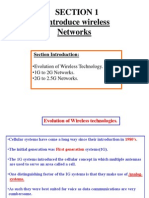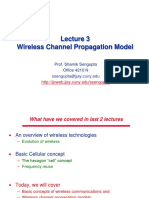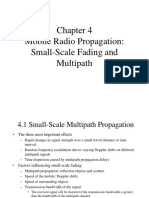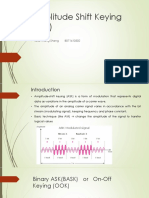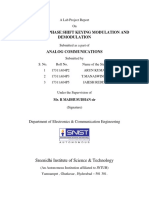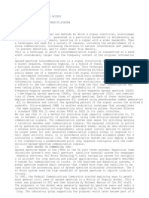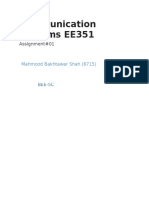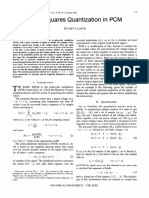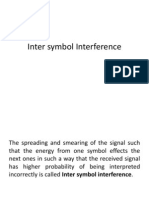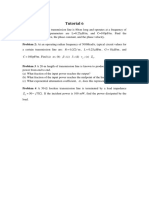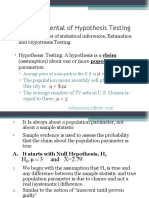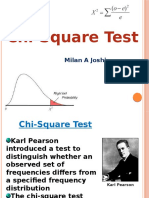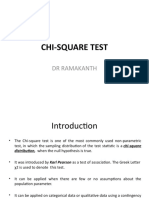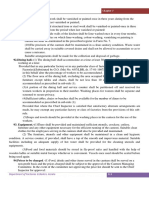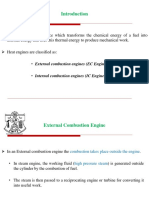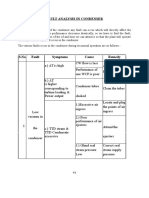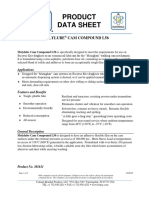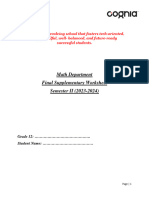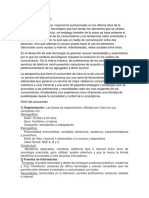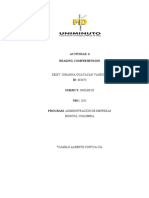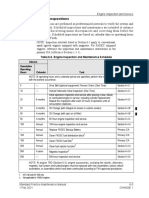0% found this document useful (0 votes)
115 views19 pagesSpread Spectrum Modulation
Spread spectrum modulation provides secure communication by spreading the signal spectrum beyond the minimum bandwidth required for transmission. This is achieved using a pseudo-noise sequence as a spreading code. The transmitter spreads the data signal by modulating it with the pseudo-noise sequence before transmission. The receiver uses a synchronized pseudo-noise sequence to despread the received signal and recover the original data. Direct-sequence spread spectrum modulation can also include additional coherent BPSK modulation of the spread signal for transmission over passband channels.
Uploaded by
Umang ShahCopyright
© © All Rights Reserved
We take content rights seriously. If you suspect this is your content, claim it here.
Available Formats
Download as PDF, TXT or read online on Scribd
0% found this document useful (0 votes)
115 views19 pagesSpread Spectrum Modulation
Spread spectrum modulation provides secure communication by spreading the signal spectrum beyond the minimum bandwidth required for transmission. This is achieved using a pseudo-noise sequence as a spreading code. The transmitter spreads the data signal by modulating it with the pseudo-noise sequence before transmission. The receiver uses a synchronized pseudo-noise sequence to despread the received signal and recover the original data. Direct-sequence spread spectrum modulation can also include additional coherent BPSK modulation of the spread signal for transmission over passband channels.
Uploaded by
Umang ShahCopyright
© © All Rights Reserved
We take content rights seriously. If you suspect this is your content, claim it here.
Available Formats
Download as PDF, TXT or read online on Scribd
/ 19






